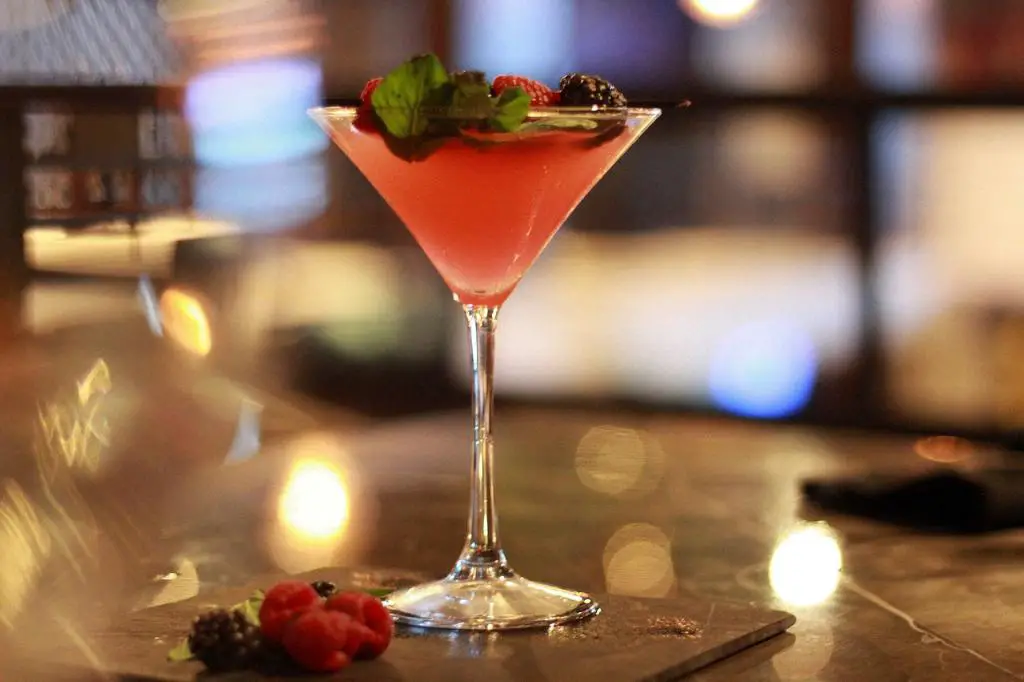When it comes to anise liqueurs, confusion often arises between Sambuca and Anisette. While these two spirits share some similarities, they are not exactly the same thing. Let’s delve into the details and explore the key differences between Sambuca and Anisette.
What is Sambuca?
Sambuca is a popular Italian liqueur known for its distinct flavor derived from star anise. This aromatic spirit is produced through a process of distillation, where the essential oils of the star anise are extracted and combined with various natural ingredients. Sambuca is often sweetened with sugar and enhanced with different herbs and spices, including fennel, licorice, or elderflower.
What is Anisette?
Anisette, on the other hand, is another anise-flavored liqueur that is widely appreciated for its delicate taste and smooth texture. Like Sambuca, Anisette is made from aniseed, but there are a few distinguishing factors. Anisette is typically made by macerating or infusing aniseed in alcohol, resulting in a more subtle and less complex flavor profile compared to Sambuca.
The Flavor Distinctions
While both Sambuca and Anisette share the distinct taste of anise, their flavor profiles differ in some significant ways. Sambuca often carries a robust, full-bodied flavor with a pronounced sweetness that lingers on the palate. The sugar content balances out the intense licorice-like taste, creating a harmonious blend of flavors. Anisette, on the other hand, has a milder and smoother taste, emphasizing the natural essence of anise without overwhelming sweetness.
Presentation and Cultural Significance
Sambuca is not only about its flavor; it also has a unique presentation and cultural significance. It is traditionally served in a distinctive tulip-shaped glass, often accompanied by a ritual known as “con la mosca,” which means “with the fly.” This entails placing three coffee beans on top of the liqueur, symbolizing health, wealth, and good luck. Anisette does not have such associated rituals or traditional serving methods.
Regional Differences
Another aspect that sets Sambuca and Anisette apart is their regional origin. Sambuca hails from Italy, specifically the southern regions like Calabria and Sicily, where it has been cherished for generations. Anisette, on the other hand, has a broader geographical presence, with France, Spain, and other Mediterranean countries also producing their own versions of this anise-based liqueur.
Usage and Pairings
Sambuca and Anisette can be enjoyed in various ways, whether neat, on the rocks, or as an ingredient in cocktails. However, due to its stronger and bolder flavor, Sambuca is often preferred for creative mixology, adding a robust touch to classic cocktails. Anisette, with its softer taste, is usually enjoyed neat or used in simple refreshing beverages. Both liqueurs can also be used for culinary purposes, imparting their distinct anise aroma to desserts or savory dishes.

In Conclusion
In summary, while both Sambuca and Anisette are anise-based liqueurs, there are notable distinctions between them. Sambuca boasts a more intense and complex flavor profile, often associated with its Italian heritage and unique serving traditions. Anisette, on the other hand, offers a milder and smoother taste, with a broader geographical presence. Both spirits have their own charm and can be enjoyed in various ways, adding a touch of anise elegance to your drinking experience.
